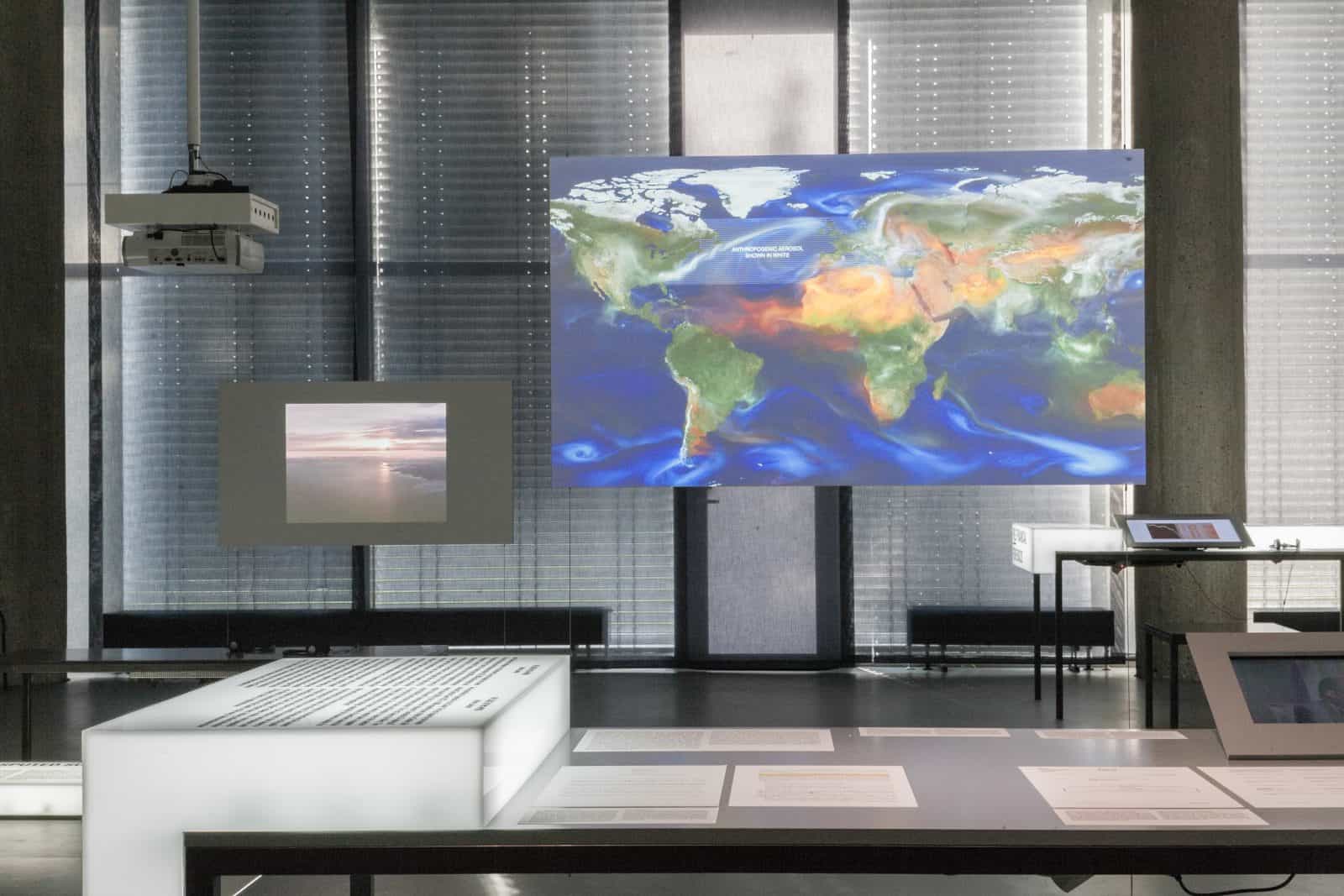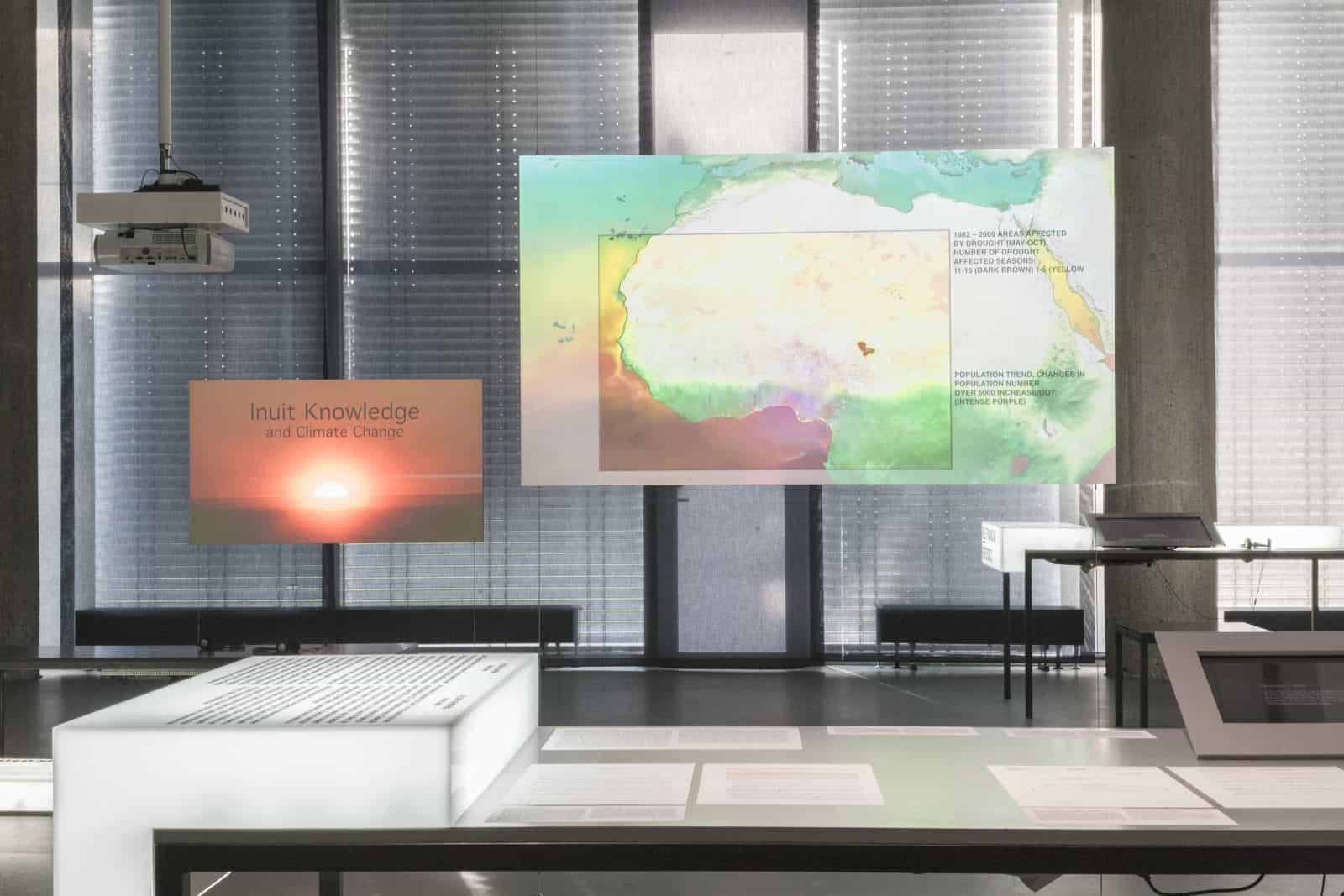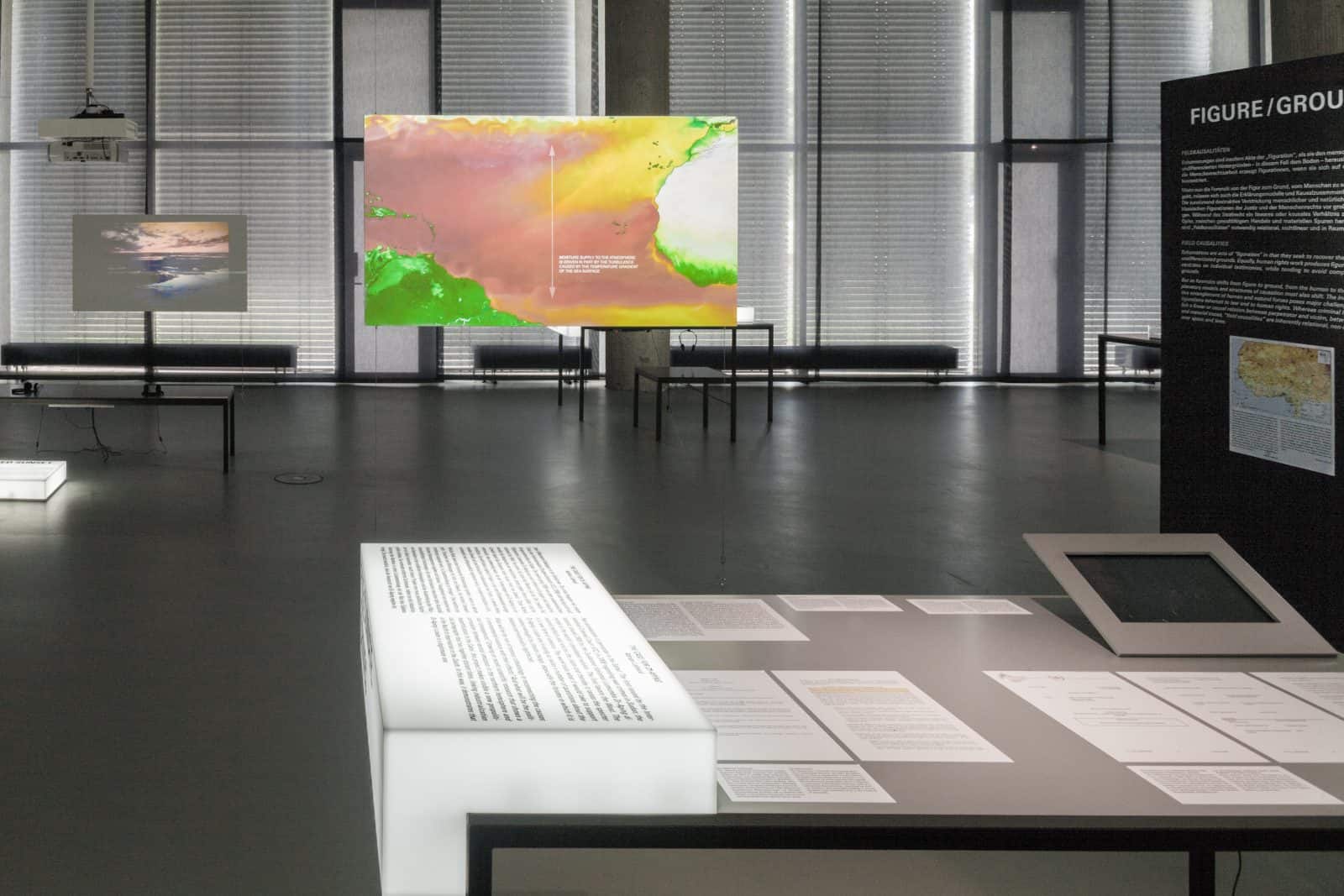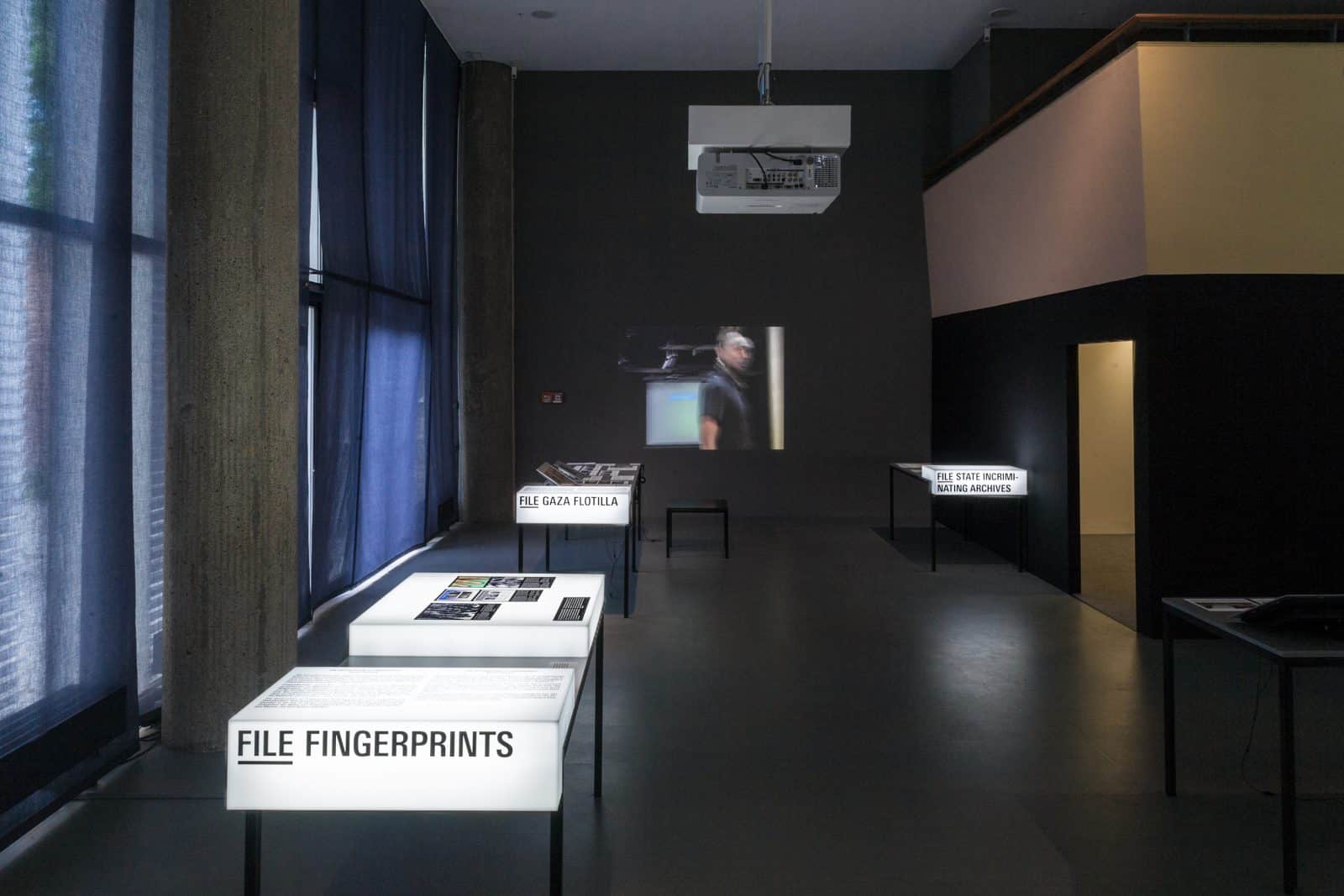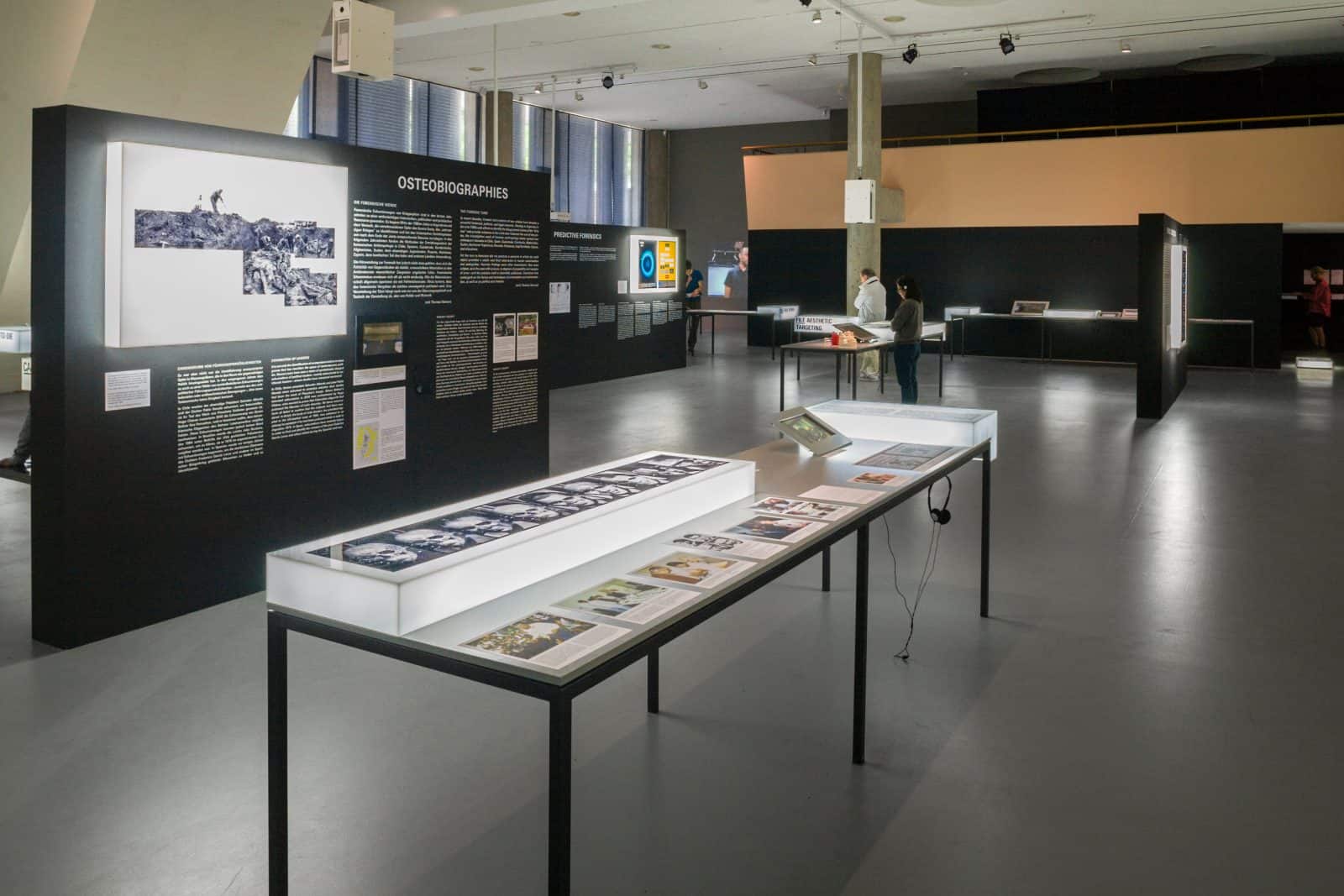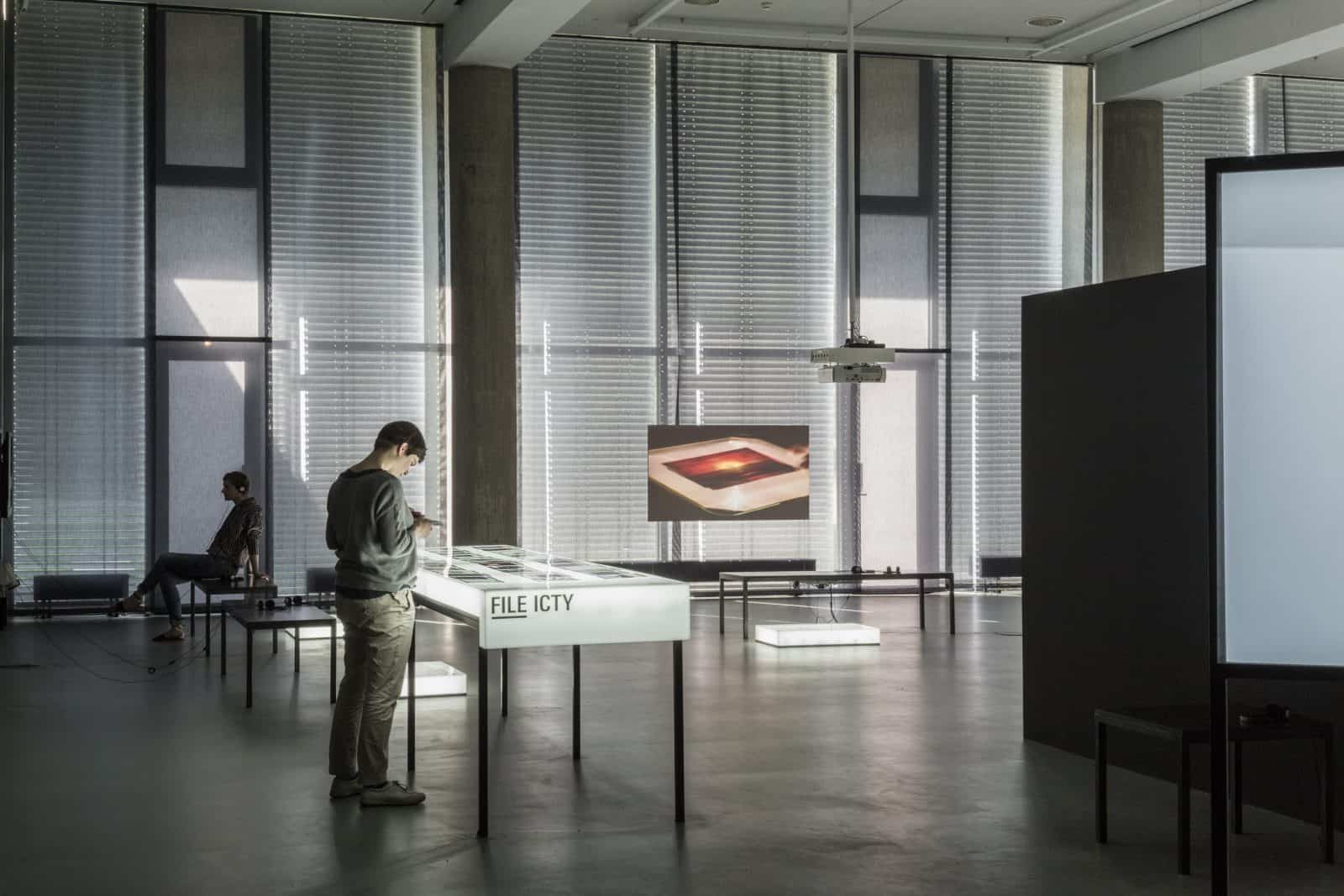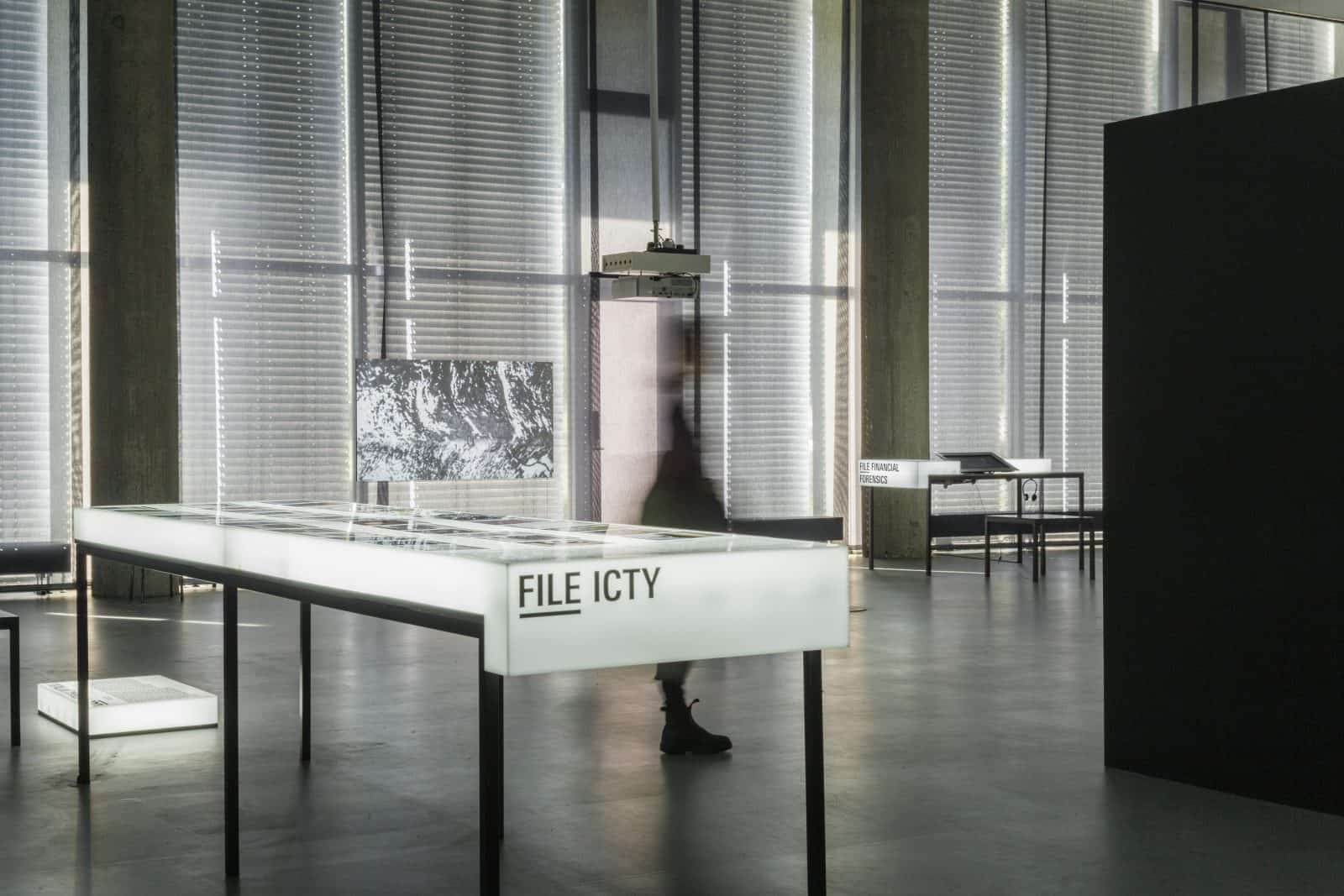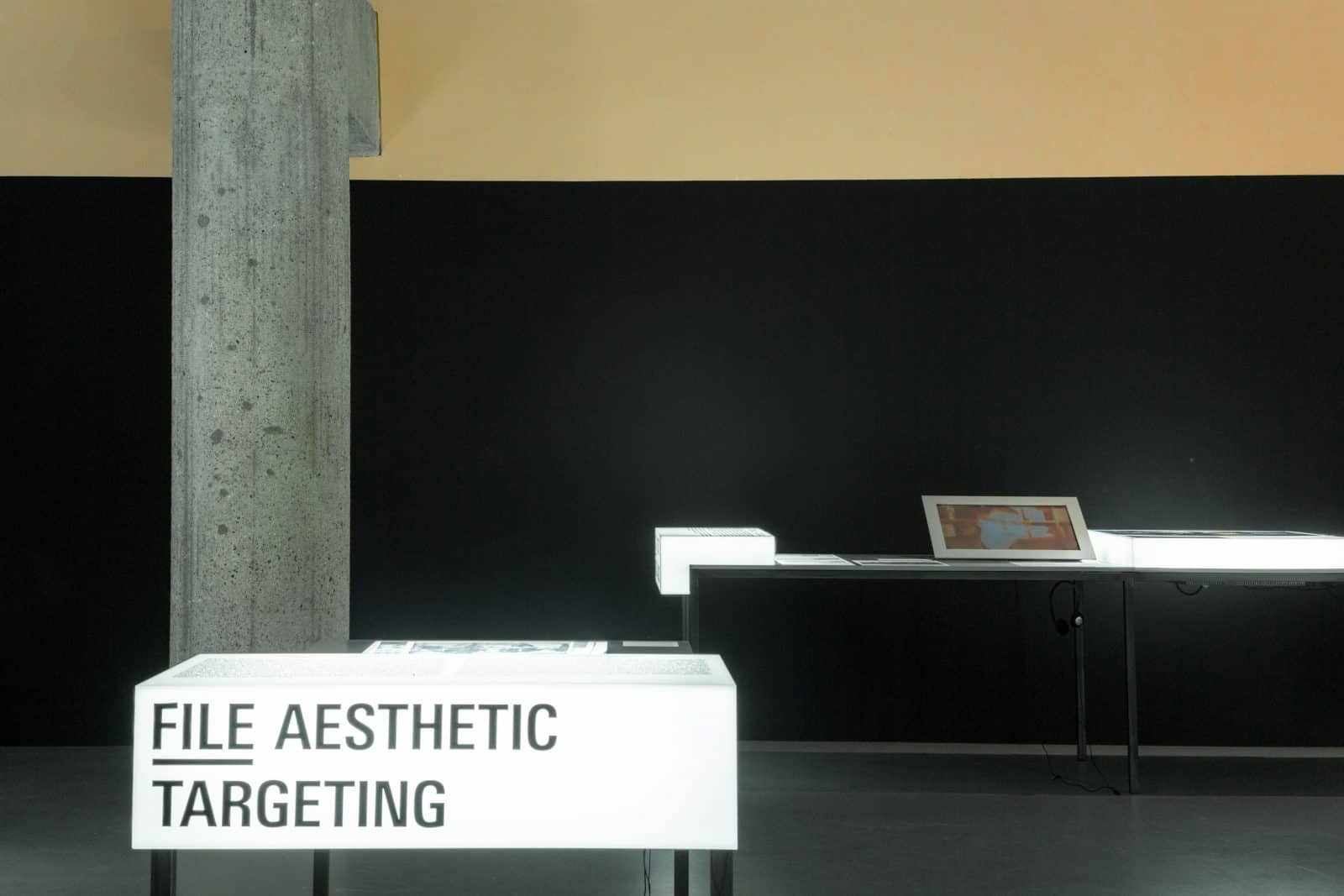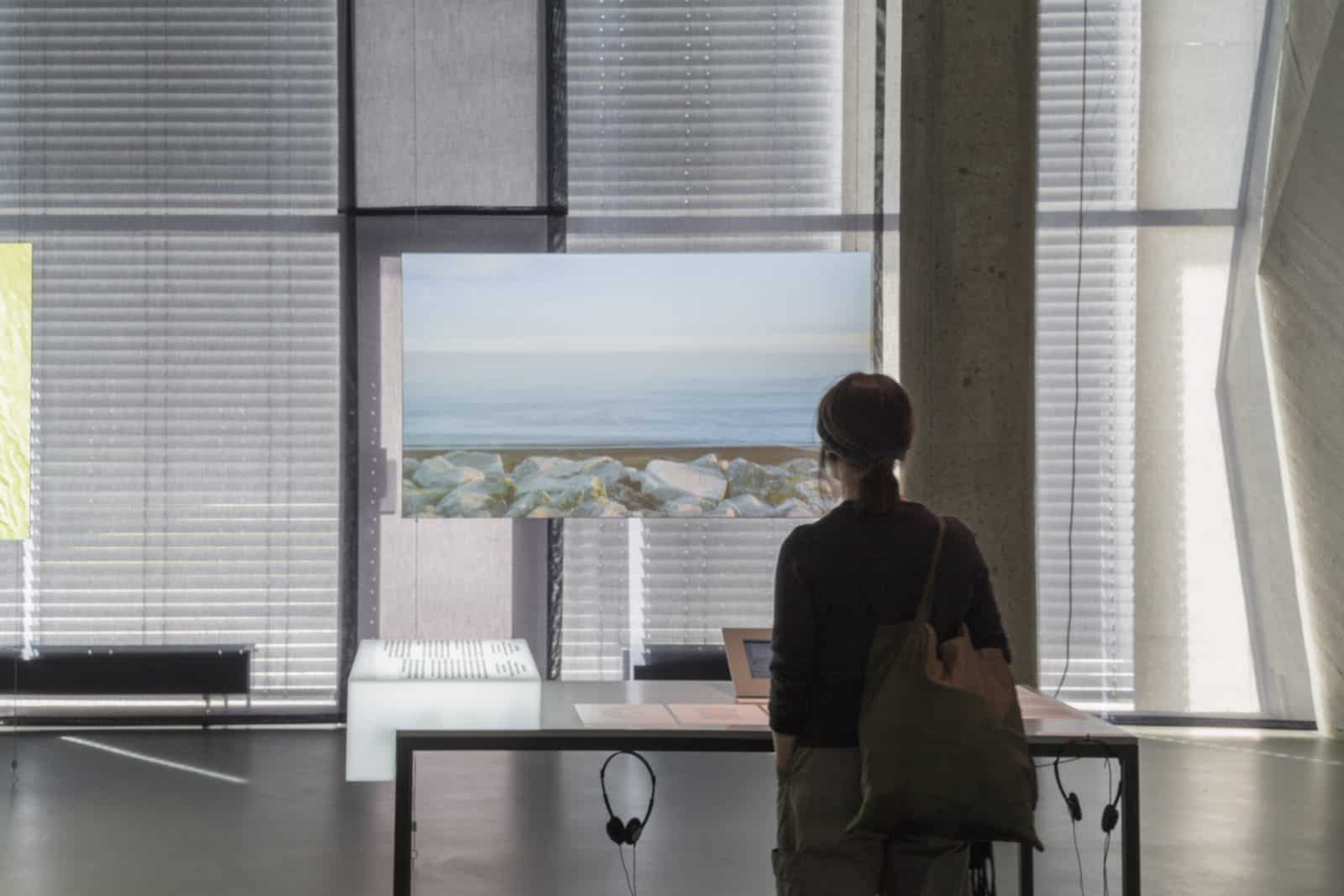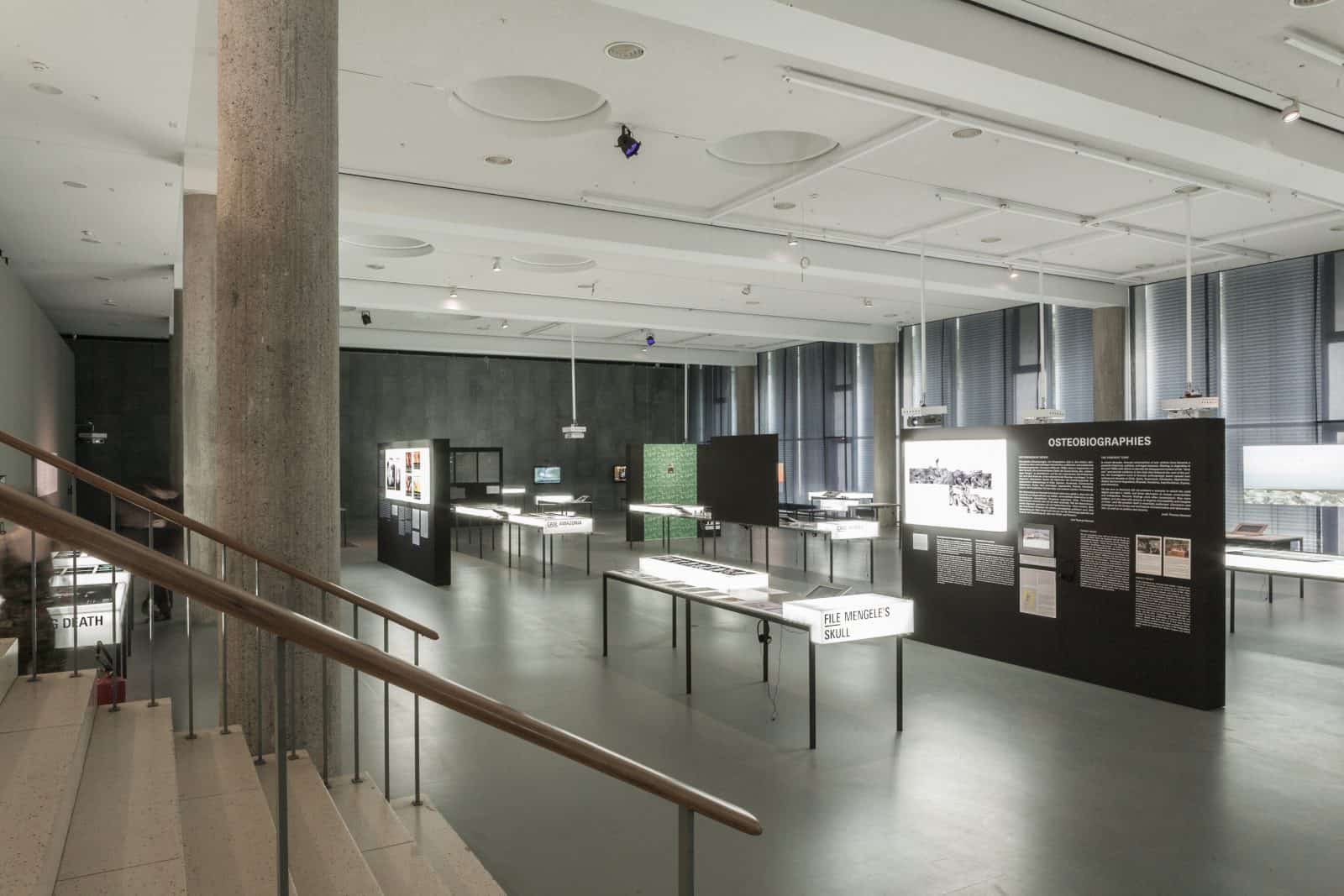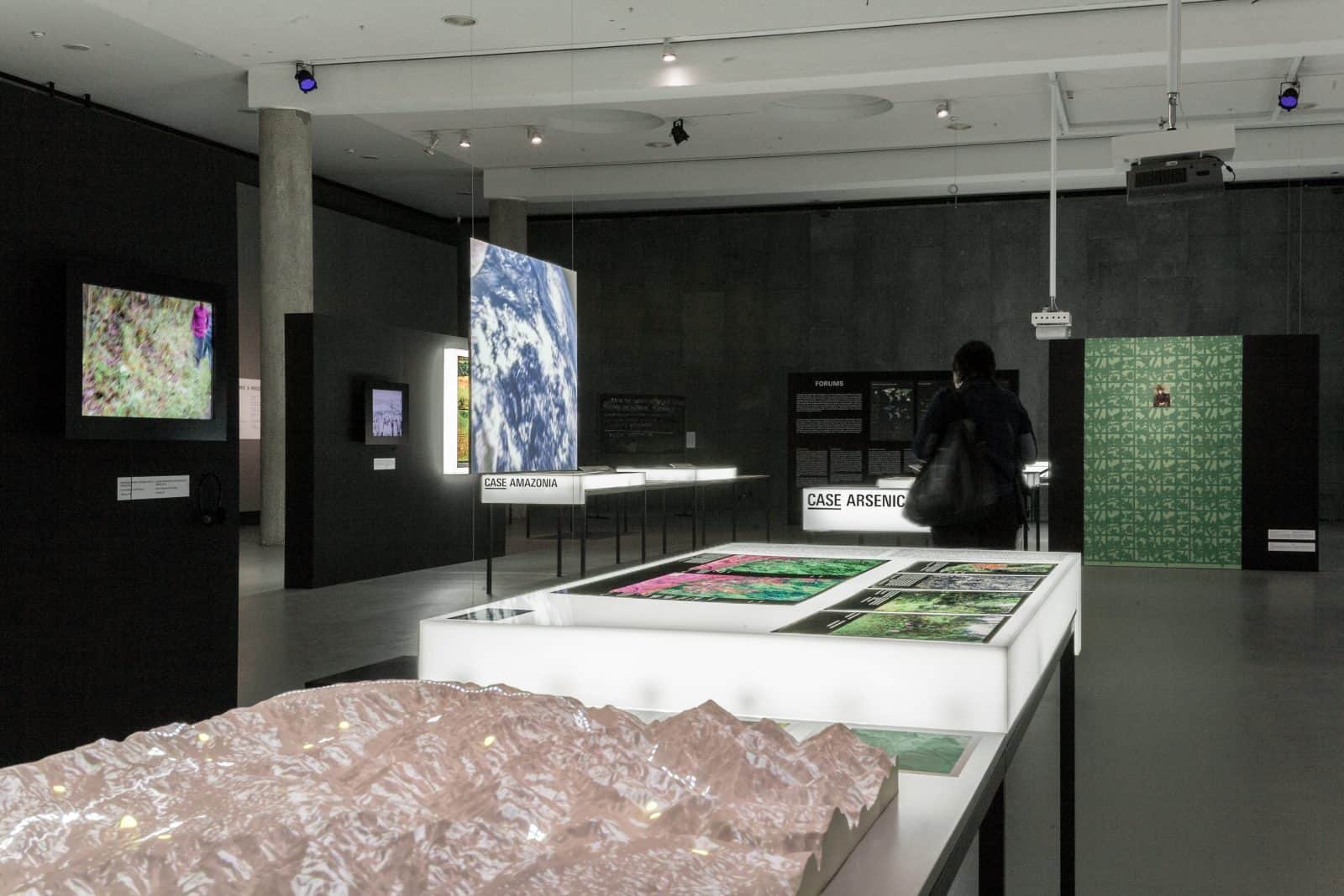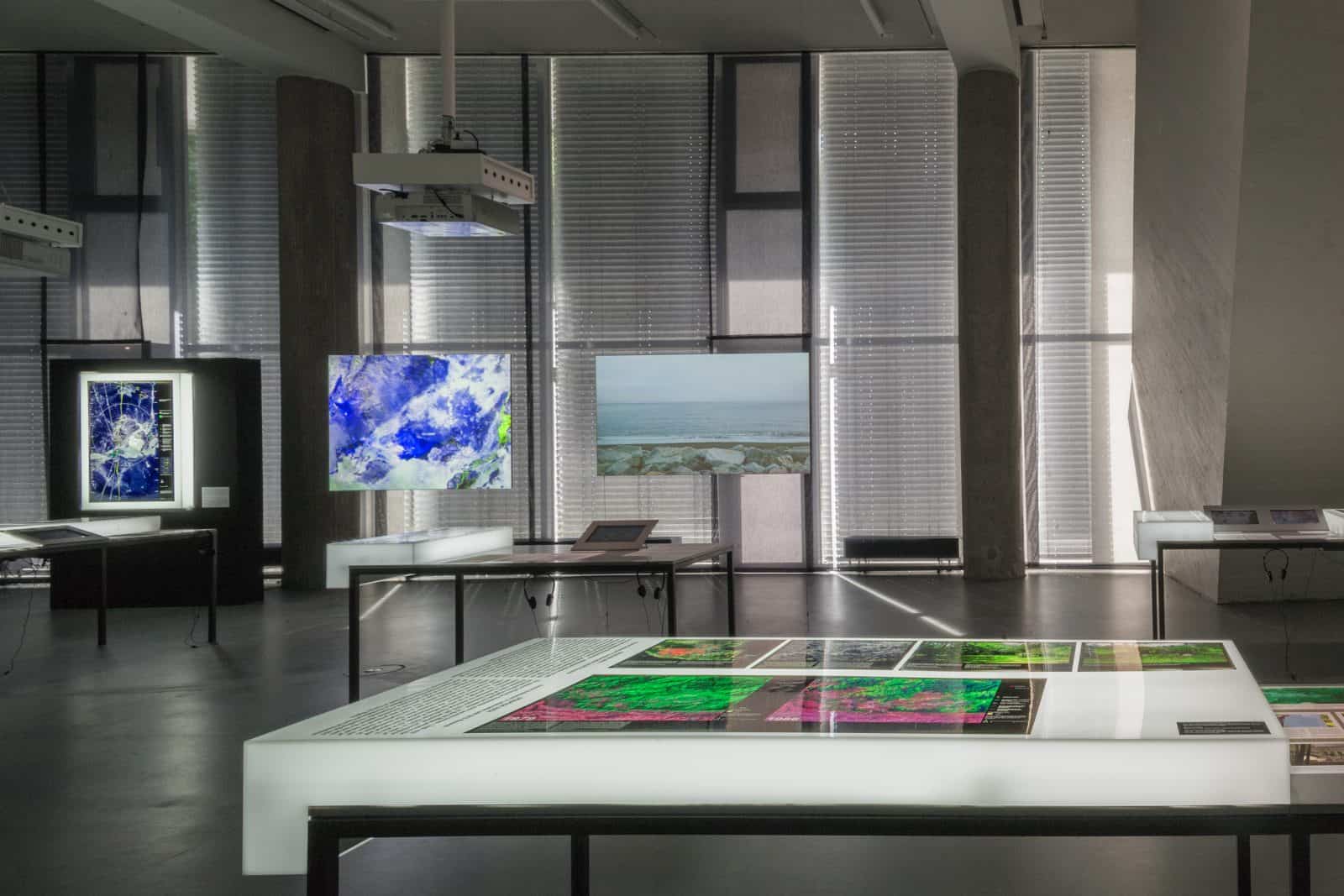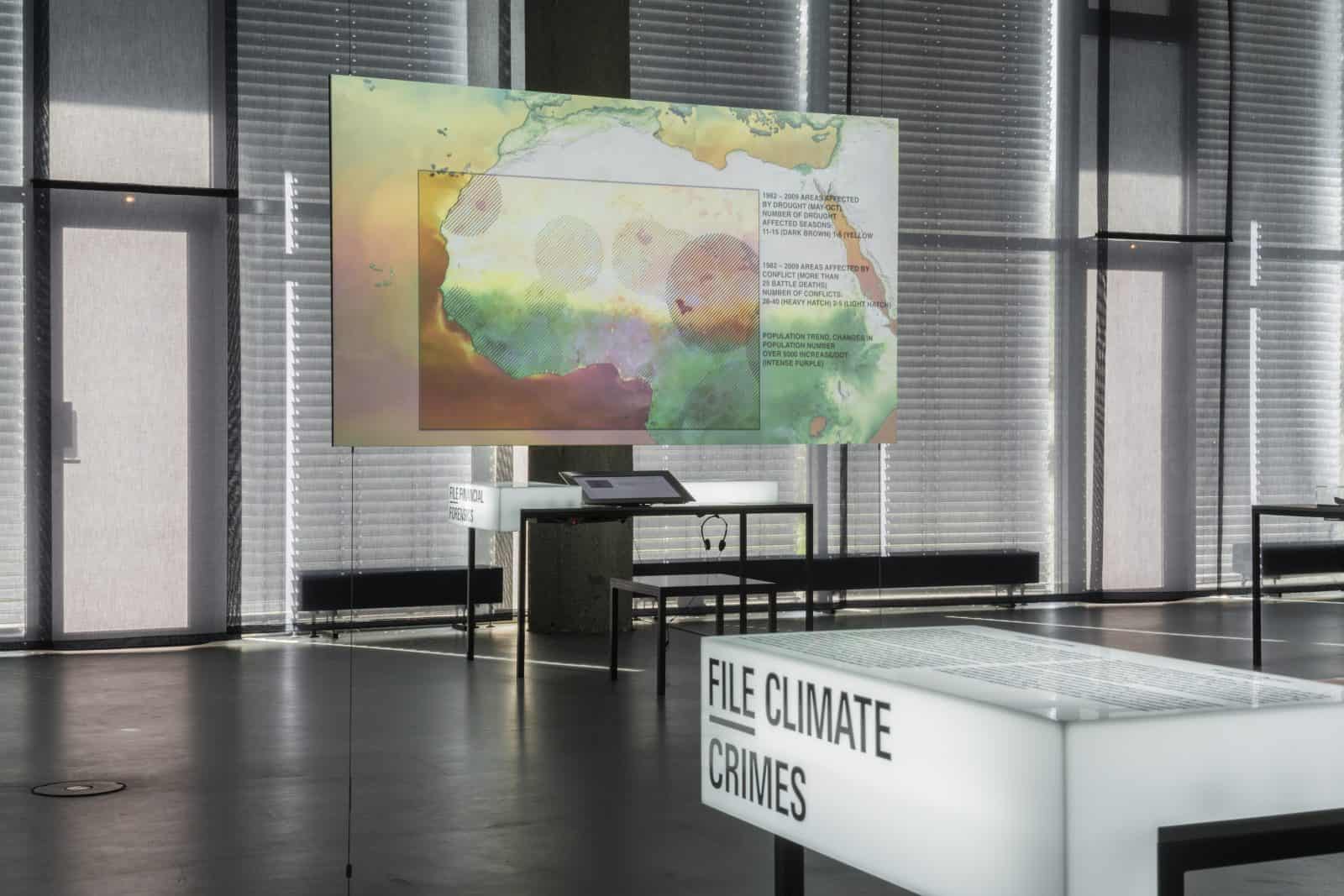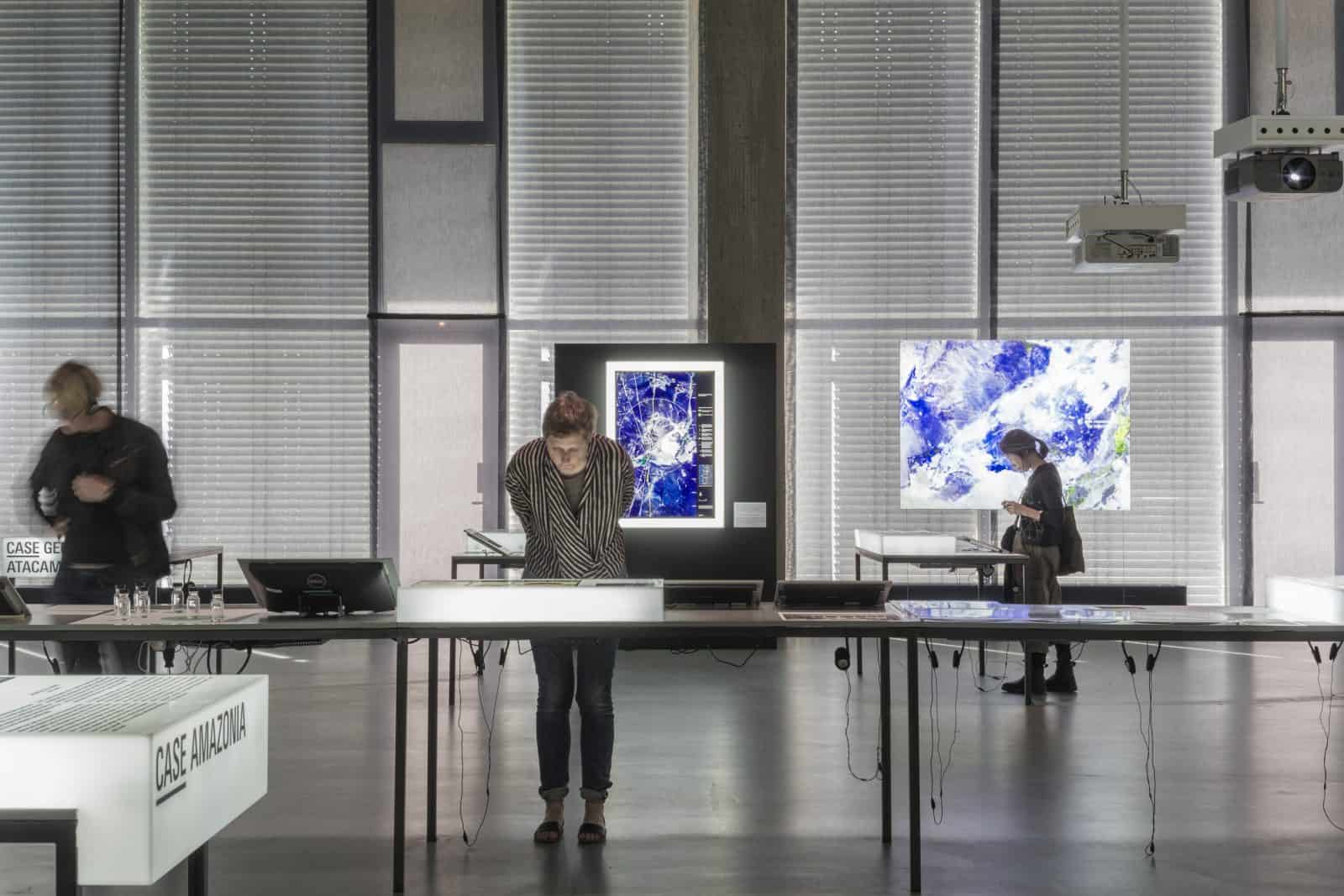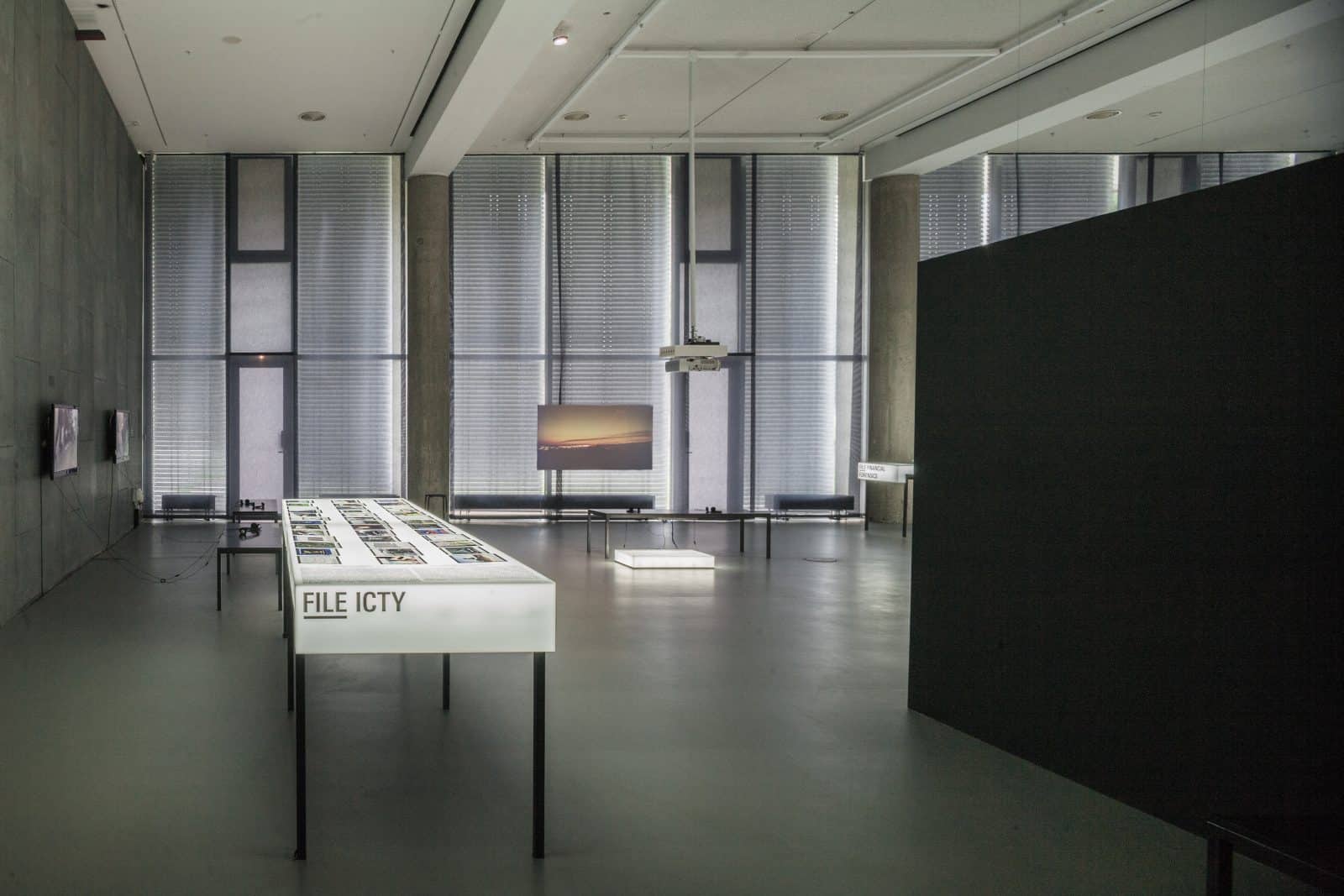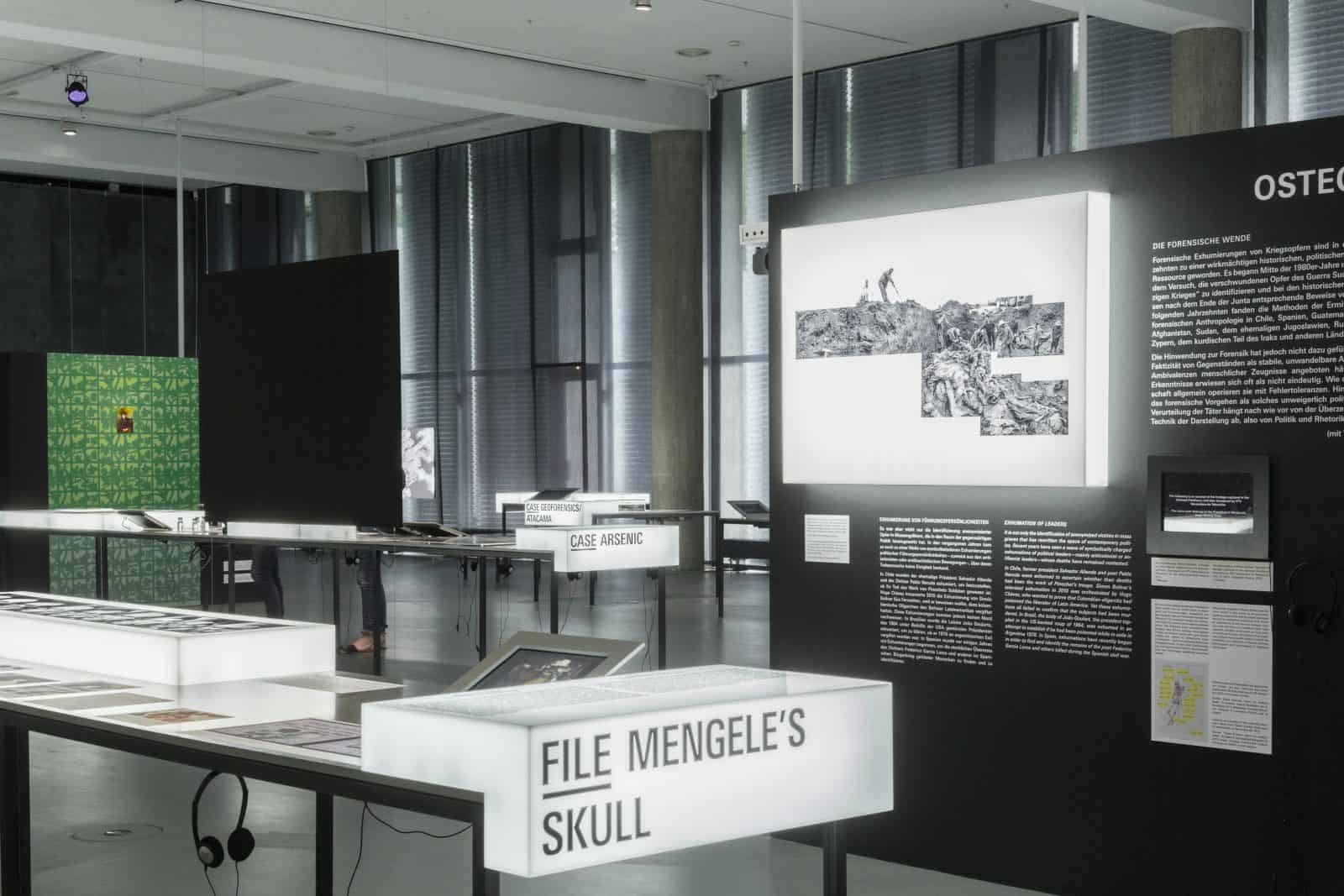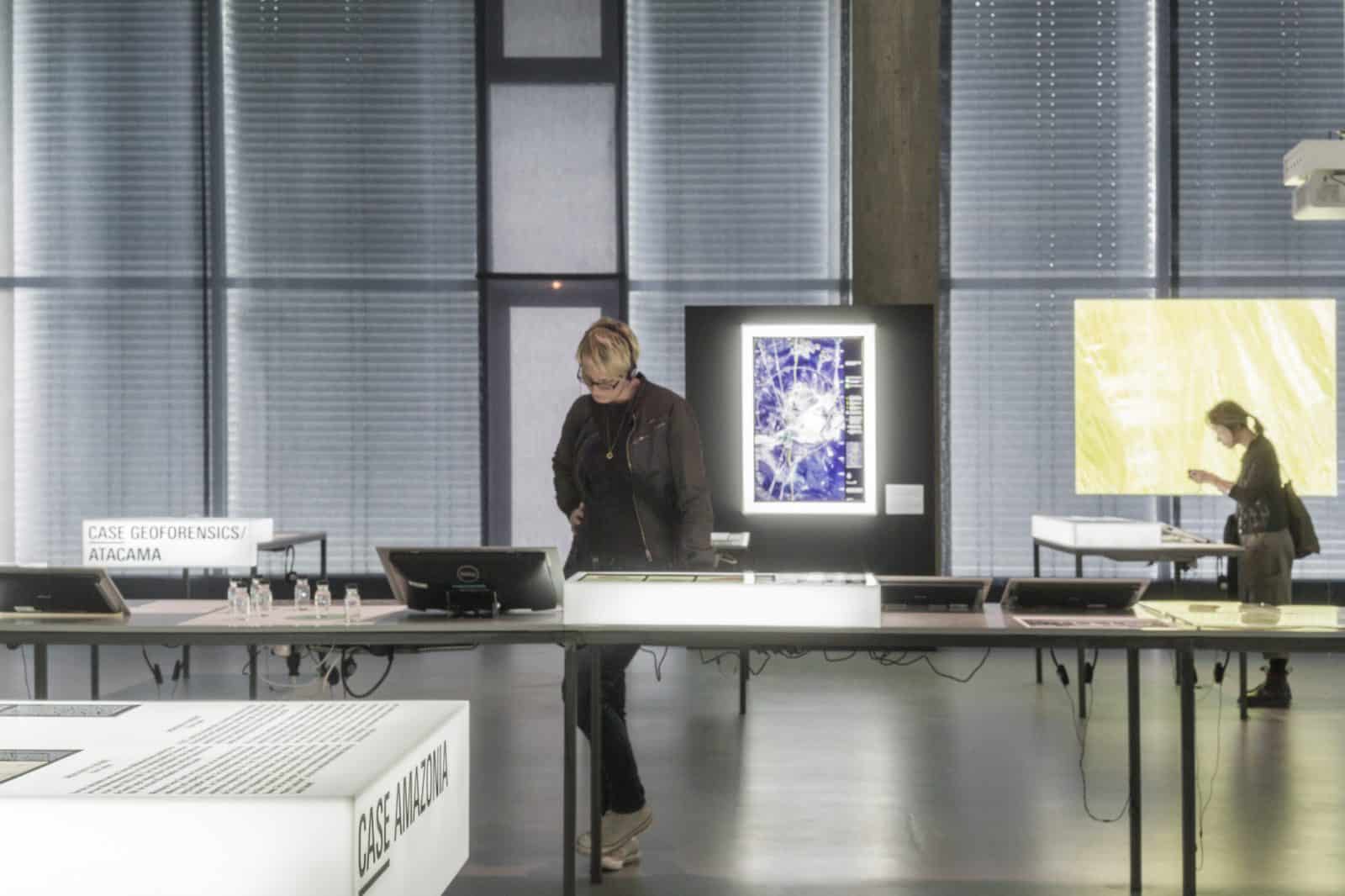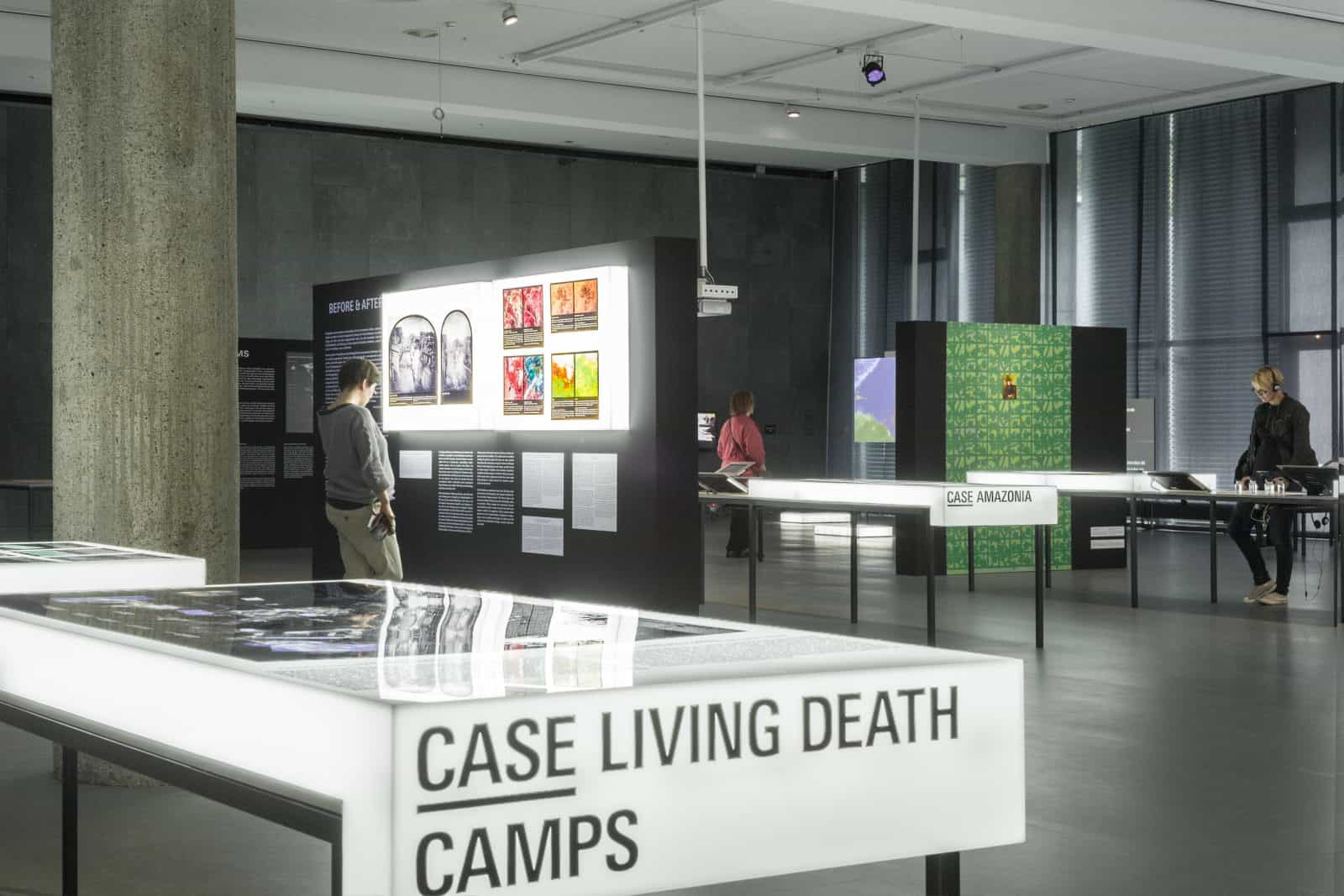Venue
Date
Exhibition Type
How do mortal remains, DNA samples, and satellite images become forensic evidence? What role do imaging techniques and methods of representation play in the investigation of crimes or political acts of violence? How are objects made to speak?
The exhibition FORENSIS and the accompanying conference will explore the procedures, tools, and spatial arrangements used in forensics, as well as the potential of a new aesthetic-political practice. With this exhibition, the Haus der Kulturen der Welt devotes itself to the rapidly expanding field of artistic research and knowledge production and, through diverse examples, examines the interleaving of science, media, and the political sphere.
Curated by Anselm Franke and Eyal Weizman.
FORENSIS is a co-production by Haus der Kulturen der Welt, funded by the Capital Cultural Fund, and by Forensic Architecture, ERC-funded research project based at Goldsmiths, University of London.
Editorial
Forensis is Latin for “pertaining to the forum” and is the root of the term forensics. The roman forum was a multi-dimensional space of negotiation and truth-finding in which humans and objects participated together in politics, law, and the economy. With the advent of modernity, the meaning of forensics shifted to refer increasingly to the domain of law, and particularly to the use of medicine—and later science more generally—in the courts. Today, forensics is central to the ways by which states police and govern their subjects, and, through its popular representations, has become a defining feature of contemporary culture.
By returning to the wider concept of forensis, this exhibition seeks to unlock the potential of forensics as a political practice. Inverting the direction of the forensic gaze, it seeks to designate a field of action in which individuals and independent organizations can detect, represent, and confront abuses of power by states and corporations in situations that have a bearing upon political struggle, violent conflict, and climate change.
This exhibition presents the work of the architects, artists, filmmakers, and theorists who make up the Forensic Architecture project at the Centre for Research Architecture at Goldsmiths, University of London, as well as that of its close collaborators and guests. It includes forensic investigations that seek to provide new kinds of evidence for international prosecution teams, political organizations, NGOs, and the United Nations (these interventions are designated in the exhibition by the term CASE). Additionally, the show features critical examinations of the history and present status of forensics in rearticulating notions of public truth (designated by the term FILE).
As it explores the development and transformation of forensis, the exhibition traverses multiple scales: from the human body, through buildings, territories, and seas, all the way up to the scale of the planet—the ultimate forensic object that human-induced change, articulated by the concept of the anthropocene, has transformed into both a construction site and a ruin.
Above: Installation view © Laura Fiorio / Haus der Kulturen der Welt
